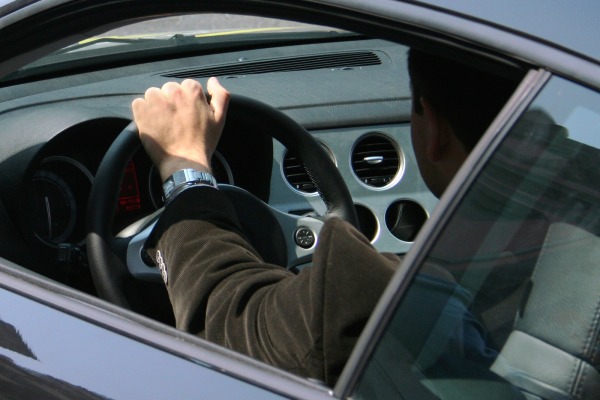
What is the best way to test-drive a car to determine if it is right for you?
First, you need to do some preliminary research before you even go near the car dealership. Read Edmunds.com's road tests and new car ratings on the vehicles that interest you. Also, consider the price of the car and how you will finance it.
Then, and only then, is it time to go for a test-drive and see if the car you have chosen on paper is the best all-around choice for you.
Once you are on the car lot, begin by simply sitting in the car and asking yourself if it is a good fit. It's a little like trying on clothes. People come in different sizes and shapes, including tall, short and portly. And they have different tastes in what they want.
Once you get settled, ask yourself a few questions to help you define your feelings about the car:
Before you start driving, adjust the seat, the seatbelt and the mirrors. Turn off the radio so you can hear the engine and concentrate on the driving experience.
The salesperson may tell you to drive along a predetermined route, using a series of right-hand turns that lead back to the dealership. This is not necessarily the best way for you to evaluate the car. Tell the salesperson what kind of test-drive you want (within reason) and you'll probably get it.
Basically, your test-drive should match your driving requirements. If you regularly drive into the mountains, find a hill and see how the car climbs. If you have a highway commute, get on a freeway and see how the car accelerates into traffic and performs at higher speeds.
Once you are driving, evaluate these specific points:
During the test-drive, the salesperson may point out features about the car or ask how you like it. No matter how much you love the car, remain noncommittal and stay focused on learning all you need to know from the test-drive.
When you're back at the dealership, remember to check the trunk space or cargo area. Is the vehicle easy to load? Is there a pass-through in the trunk opening for long items? If you'll be using the car for family duty, install any child safety seats you usually use to make sure they are compatible. Also, recheck anything else you might have noticed on the test-drive. Remember that little things you spot now could be major annoyances later, so don't discount any of your reactions.
If you are interested in buying the car you've driven, note the total sticker price and review the options, perhaps by taking pictures of the window sticker or specific features with a camera or smartphone. You can use the last four numbers of the vehicle identification number (VIN) to locate the car later.
If you are shopping at night, remember that the vehicle's color can look very different under streetlights. You might want to come back during daylight hours before you make a final decision.
At the end of the test-drive, the salesperson will probably invite you into the dealership to begin negotiations. If you have other cars you are considering, drive them first before beginning the deal-making process. Thank the salesperson, take a business card and leave. Then drive the other cars you are considering. If you wind up liking more than one car, you will be in a stronger bargaining position.
In this story, we've focused just on the test-drive process. However, it is also important to qualify any salespeople you might encounter before you commit to doing business with them. For more information on this, see "Test-Drive Your Car Salesperson."
If you do a bit of research first, you'll be fully in control of your test-drive. Then the test-drive will likely answer your remaining questions and help you buy the car that's right for you.